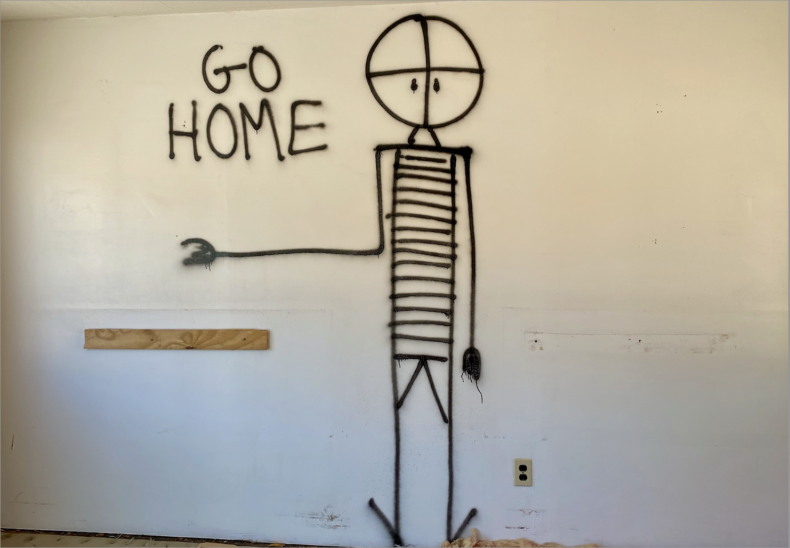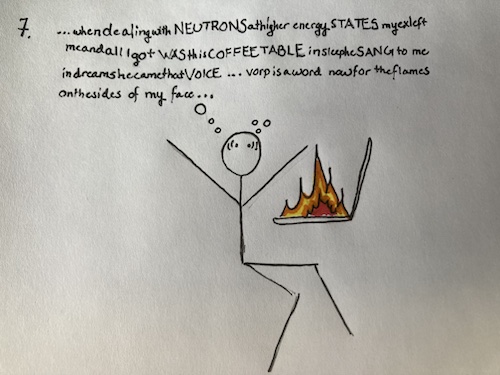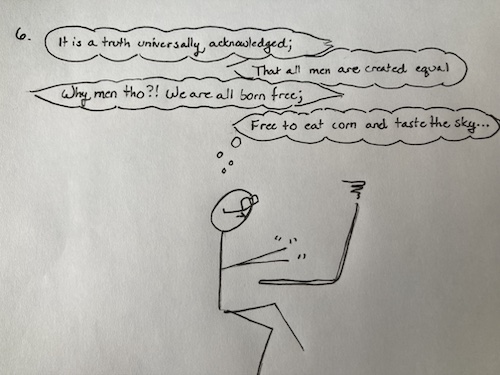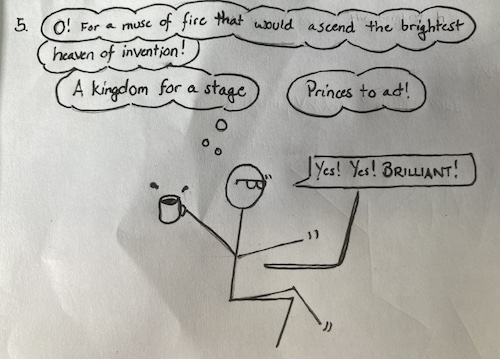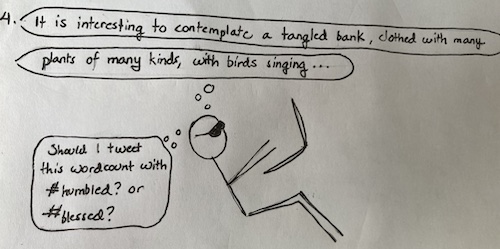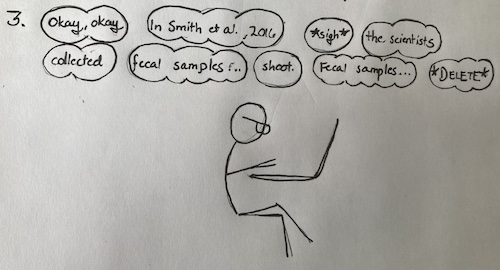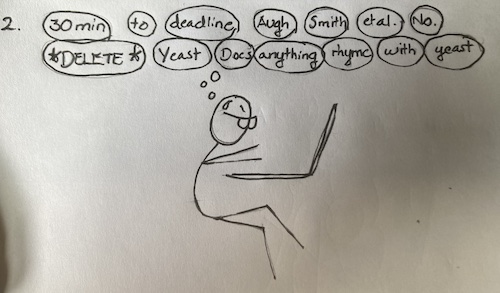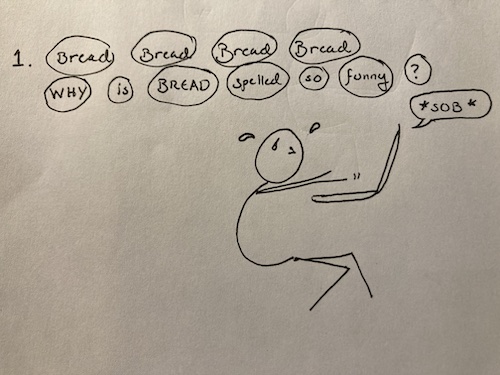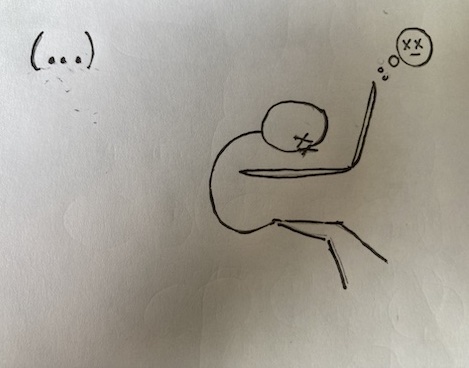
People who compulsively play video games sometimes get strange little twitches and glitches in their reality. Out of the game, back in real life, they are seized by brief snatches of hallucinatory game crosstalk. For example, people who spend hours playing Tetris might see bathroom tiles trembling, or bookshelves lurching rhythmically downward in steady chunks. Others may be haunted by echoes of in-game music. Possibly the most relatable is the guy who mentally reached for the ‘retrieve’ button on his game controller after he dropped his real-world sandwich on his real-world floor. This one stings a little, probably because I too have felt the brief, irrational pull to Control-Z my way out of an IRL fail.
Though these little reality hiccups have undoubtedly existed for as long as there have been video games, they only got a name in 2011, when Nottingham Trent University researchers Angelica Ortiz de Gortari and Mark Griffiths christened them Game Transfer Phenomena. It was controversial at the time, but they have spent the past 10 years verifying their findings in ever-larger populations of gamers.
When I reported on their work in 2011, I made a point of saying “many of us are gamers now”, so this could affect more than just a stereotypical guy in a gamer chair. But in the past ten years I’d argue we have all become gamers, some of us more wittingly than others. It’s been endlessly litigated how social media, smart phone apps and well, just smart phones in general have adopted the tips and tricks of casinos to get us addicted to their devices.
Indeed, in a couple of weeks Gortari will present more of her findings at the 7th International Conference on Behavioral Addictions. She’ll be discussing the relevance of GTP in gaming addiction, but I have been wondering if it goes beyond gaming.
Continue reading



